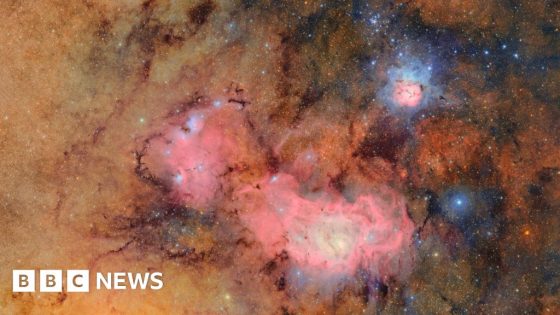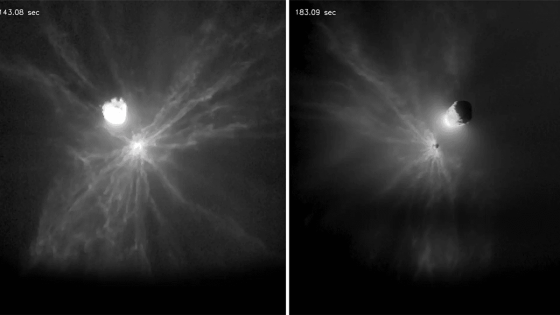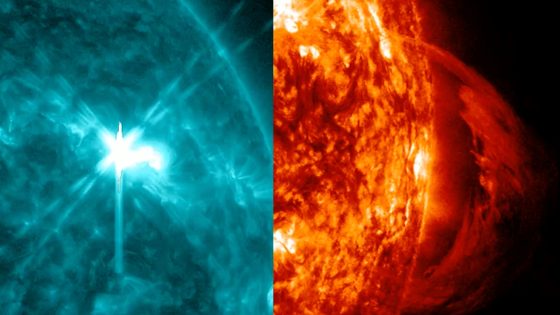NASA’s recent advancement in satellite technology, known as Dynamic Targeting, is set to transform how we observe Earth and other celestial bodies. This AI-driven system allows satellites to autonomously analyze their surroundings and make decisions without human input, a significant leap forward in space exploration. On July 30, 2025, NASA demonstrated this technology aboard the CogniSAT-6 CubeSat, showcasing its potential for enhanced data collection.
- Dynamic Targeting enables autonomous satellite decision-making.
- Cloud detection up to 300 miles in advance.
- CogniSAT-6 demonstrated high-speed image capture.
- Applications extend to planetary science missions.
- Technology improves efficiency of satellite constellations.
- AI-driven systems reshape space exploration approaches.
Dynamic Targeting enables satellites to detect cloud cover up to 300 miles ahead, optimizing resource use and improving image quality. This capability not only saves time but also enhances our understanding of dynamic phenomena like forest fires and weather patterns.
This innovation raises an important question: how will autonomous satellite systems change our approach to space exploration? The implications are vast, including:
- Enhanced efficiency in satellite constellations.
- Improved data quality by focusing on clear conditions.
- Potential applications for planetary science missions.
- Real-time responsiveness to dynamic events.
As we continue to refine technologies like Dynamic Targeting, the future of space exploration looks promising. Will this innovation allow US to unlock new secrets of our universe?
































